Derrick Pitts, Hon.D
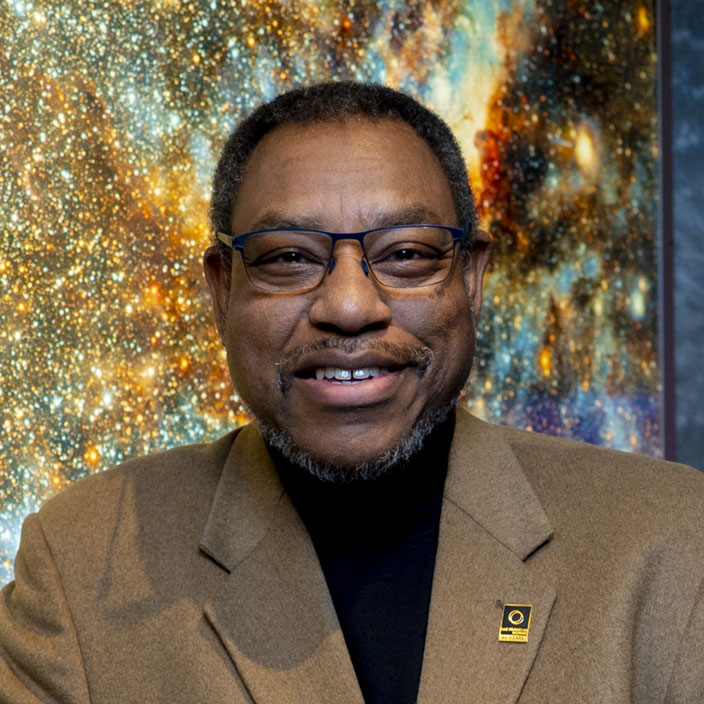
Derrick Pitts, Hon.D
For many Philadelphians, Derrick Pitts is The Franklin Institute. Since 1978, Derrick has been teaching us to look up—and to wonder about what we see up there.

We all know that Derrick is an excellent “teacher.” What’s made him famous in Philadelphia is his ability to help everyone appreciate the universe as he sees it—not a watered-down sketch of the universe, but a rich, deep, complex version with human connections that everyone can understand at some level.
Derrick is currently the Chief Astronomer and Director of the Fels Planetarium at The Franklin Institute. He’s also been a NASA Solar System Ambassador since 2009 and serves as the “Astrobiology Ambassador” for the NASA/MIRS/UNCF Special Program Corporation’s Astrobiology Partnership Program. One of his newest honors is an appointment to the outreach advisory board for the world’s largest telescope, the new Thirty-Meter-Telescope at Mauna Kea in Hawaii.
He appears regularly in the media as a science content expert including appearances on the “Colbert Report” on Comedy Central and “The Late, Late Show with Craig Ferguson” on CBS. For more than two decades, Derrick has hosted award-winning astronomy radio programs for Philadelphia’s two public radio stations and created signature astronomy television programming for PBS. One of the highlights of Derrick’s career was meeting President Obama and his family when he was invited to participate in the first-ever White House Star Party.
Derrick has received numerous awards including an honorary Doctor of Science Degree from La Salle University, and serves on the Board of Trustees for his alma mater St. Lawrence University. His twitter handle is @CoolAstronomer and his motto is “Eat, breathe, do science. Sleep later.”
Recent Blogs by Author
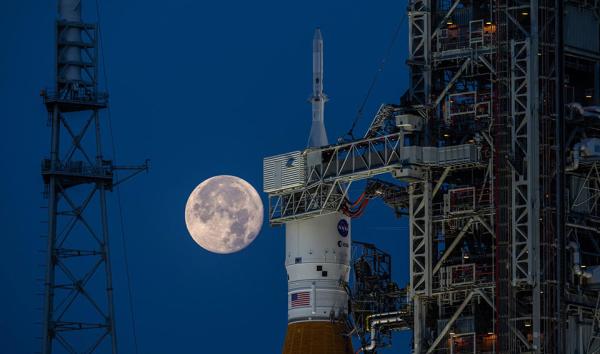
An Update on the Artemis 1 Mission to the Moon
NASA’s next expeditions to the Moon took a step closer to reality when the Space Launch System (SLS) rocket passed its final dress rehearsal tests in late June.

Happy Winter Solstice!
For this second week of December, the northern half of the planet experiences its earliest sunsets for the year. We’re used to the Winter Solstice - December 21 - being thought of as the “shortest day of the year” but it’s just one of a trio of days that work together to set the astronomical framework for the winter season.
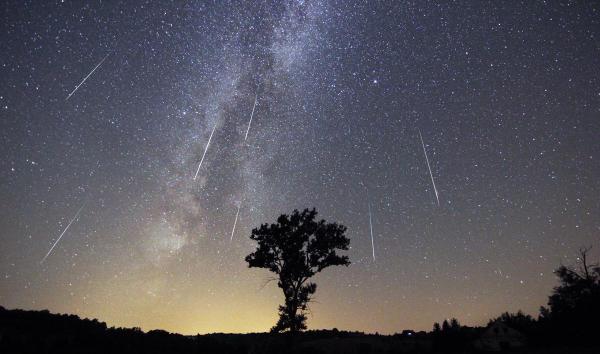
What is the Perseid Meteor Shower?
Meteors are sand-grained-sized particles typically “melted” out of the icy nucleus of a comet as it passes near the sun during its orbit around the solar system. The meteors are usually distributed along the orbital path of the comet and fall into the Earth’s atmosphere when the Earth passes through the comet’s path. The comet associated with the Perseids is Comet Swift-Tuttle, first identified in 1862. It has an orbital period of about 120 years and was last seen in 1995.
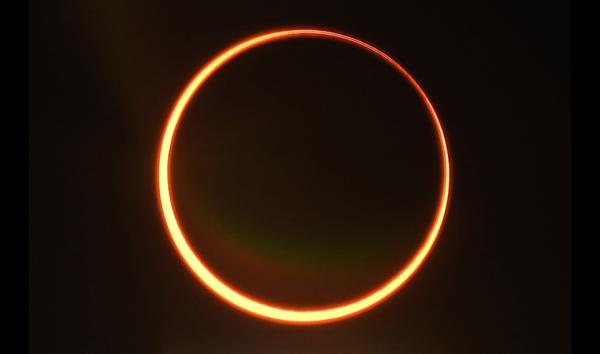
How to See the June 10 Ring Solar Eclipse
Don’t miss the unusual "ring" solar eclipse, this Thursday morning, June 10. Solar eclipses occur when the moon lines up directly between the Earth and the Sun. For Thursday’s eclipse, the moon is a bit farther from the Earth, appears a bit smaller than usual, and doesn’t completely cover the sun. the result? A ring of sunlight around the moon’s silhouette! The full ring eclipse is visible across northeastern Canada and the Arctic regions. For viewers elsewhere, it’s a partial eclipse.
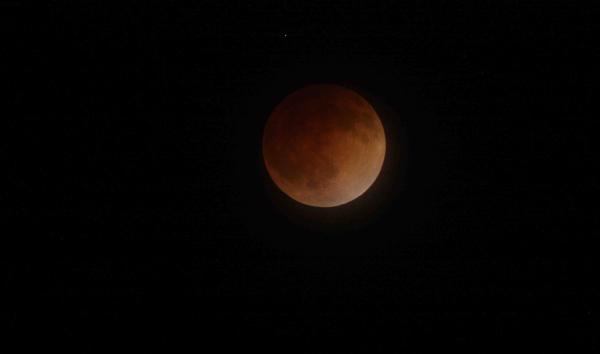
Lunar Eclipse: What to Expect
This Wednesday, the full moon takes a 6-hour slide through the Earth’s shadow starting at 4:47 am ET. Even though it is a total lunar eclipse, observers on the East Coast of the U.S. will see vanishingly little because the moon sets in the west just before any color begins to show. The brightening pre-dawn sky will also dilute any trace of color. Observers farther west will see more of the eclipse before sunrise; those farther east will see just the brilliant full moon. This time, the most uninhabited stretch of the planet, the Pacific Ocean, gets the front row seats for the event.
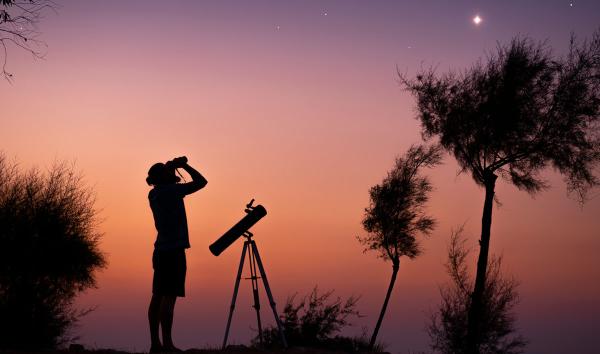
What is Vernal Equinox?
The last few weeks of winter always seem to drag on for months. Unsettled weather alternates between tantalizing hints of warmth and throwbacks to December. Thankfully, the Earth continues its orbital motion around the Sun, insuring our return to spring. This year, the first day of spring, the Vernal Equinox, occurs on March 20th at 11:33 am in the Northern Hemisphere.

